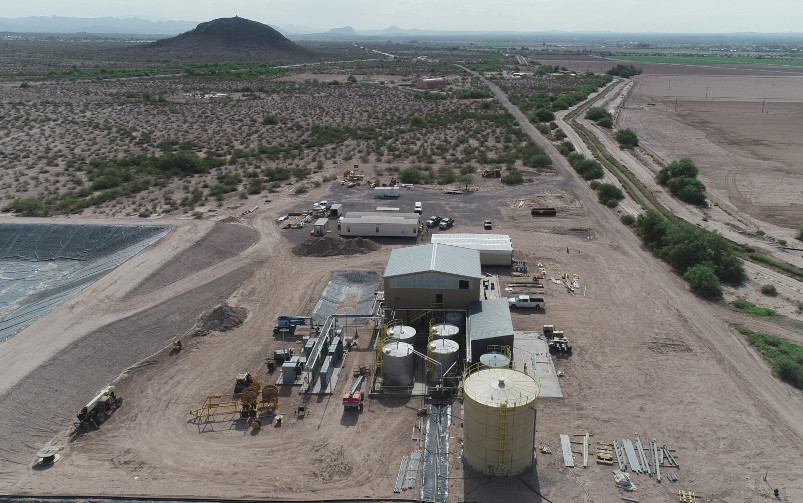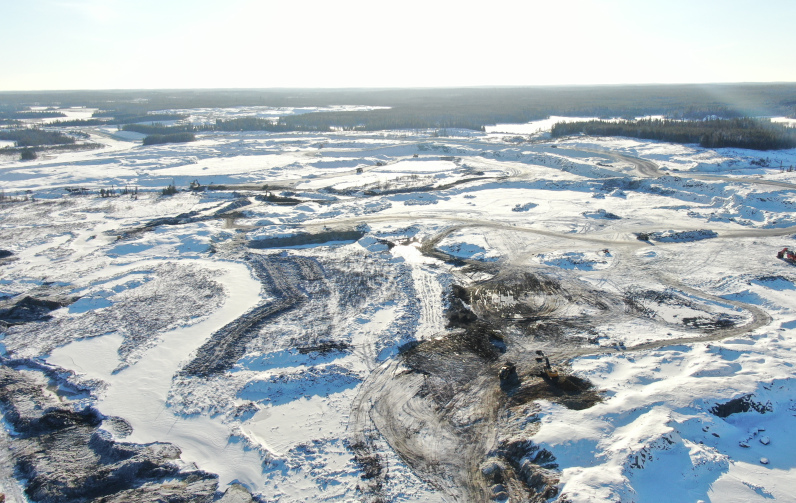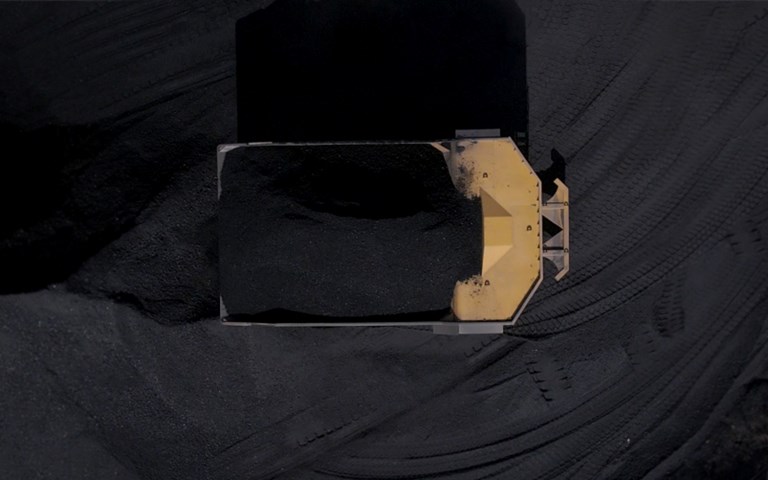Soaring thermal coal prices helped reduce the cash price of Glencore's purchase of the 66 per cent stake in the Colombian Cerrejón mine. Courtesy of Cerrejón.
Welcome back to your weekly mining news recap, where we catch you up on some of the news you may have missed. This week's headlines include heavy rainfalls threatening tailings dams in Brazil, Rio Tinto using satellite imagery, and labour shortages in the mining industry. We also want to correct the record on couple items from last week.
Vale SA is halting some operations at its iron properties in Brazil due to heavy rainfall and concerns over tailings dams potentially overflowing, as reported by Bloomberg. Minas Gerais was the site of a tragic tailings dam disaster in 2019, and the region still holds 36 tailings dams on “emergency level.” French steel pipe maker Vallourec was recently fined R$288.6 million ($65.8 million) after a dike at its Pau Branco mine overflowed, causing a highway closure.
The mining industry is facing a potentially major labour shortage, with job vacancy rates in the mining, quarrying and oil and gas sector reaching a record high of 4.3 per cent in Q3 2021, as reported by The Northern Miner. With approximately 60,000 miners set to retire by 2030, and others leaving for other industries or due to COVID-19, the industry will be pressed to find replacements among young talent who do not see mining as an attractive industry.
Cost-effective ore sorting could help increase revenues and reduce tailings, but the technology is still being worked. To try and speed up the process, the Canadian Mining Innovation Council (CMIC) formed a consortium of mining companies to try and develop a solution together. CIM Magazine spoke with CMIC processing innovation manager Gillian Holcroft and CMIC mining innovation manager Trevor Kelly to discuss how ore sorting technology can be advanced.
One key to lowering carbon emissions lies in comminution, which is responsible for 25 per cent of energy consumption at an average mine site and one per cent of total energy consumption worldwide. Innovations in the way mining companies approach mineral processing, such as novel methods of breaking rock and simplified mill designs, can increase energy savings or mineral recovery in the comminution process.
More than 1,000 employees could walk off the job as the United Steelworkers Union Local 7619 issued a 72-hour strike notice at the Highland Valley Copper mine owned by Teck Resources, as reported by Business in Vancouver. The last contract expired in September 2021 and the parties were scheduled to meet today, with neither stating what part of the negotiations could lead to a strike. According to Teck, the employees could start striking as early as Jan. 16.
Never miss another recap
Sign up for the latest news from CIM Magazine and the Canadian Institute of Mining, Metallurgy and Petroleum.
Rio Tinto entered into an early-adoption partnership with Pixxel, a company that focuses on earth-imaging technology, as reported by Mining.com. Rio Tinto intends to use Pixxel’s high-resolution satellite imaging to help monitor active and closed mine sites, monitor biodiversity and vegetation health and help advance mineral exploration.
After an incident blocked and damaged the mine shaft, Vale says it expects to resume production at Totten mine in February, as reported by CBC. In September, 39 miners were trapped underground and unable to escape the mine through the primary shaft. The Ministry of Labour‘s investigation is ongoing, reported CBC.
A petition by two First Nations for the restoration of the Nechako River was denied by a British Columbia Supreme Court judge who said Rio Tinto has “strictly complied” with its water licence, as reported by The Toronto Star. The River was diverted 70 years ago to generate hydroelectricity, leading to a decline in local sturgeon and salmon populations which impacts the First Nations right to fish. The judge said that the government is obligated to protect First Nations’ rights and the Crown may need to reassess their conduct.
Glencore’s purchase of the 66 per cent of the Cerrejón Colombian coal mine turned out to cost far less than initially estimated, reports Bloomberg. Last summer, when the deal was announced the company anticipated the acquisition would cost roughly US$230 million when it would close at the beginning of this year. After thermal coal prices sky-rocketed, Glencore said the cash payment on completion of the deal totals just US$101 million.
Taseko Mines will no longer move forward with the New Prosperity copper project in B.C. as its provincial environmental certificate expires today, as reported by Business in Vancouver. The New Prosperity project was said to be one of “the top 10 richest undeveloped copper deposits in the world” but has been strongly opposed by the Tsilhqot’in First Nation and was rejected by the federal government twice. Taseko is instead switching its focus to Arizona, where the company is advancing an in-situ copper project.
In last week’s recap, we made a pair of errors that we’d like to correct. First, we accidentally referred to Deep-South Resources as Deep-Source Resources. Second, one of the items in the recap stated that there were two haul truck-related fatalities at two sites in Alberta. It turns out that both reports referred to a single incident. We sincerely apologize for the errors.
That’s all for this week. If you’ve got feedback, you can always reach us at editor@cim.org. If you’ve got something to add, why not join the conversation on our Facebook, Twitter, LinkedIn or Instagram pages?




